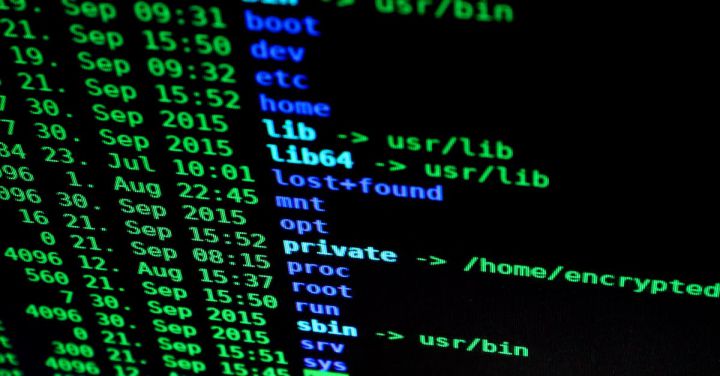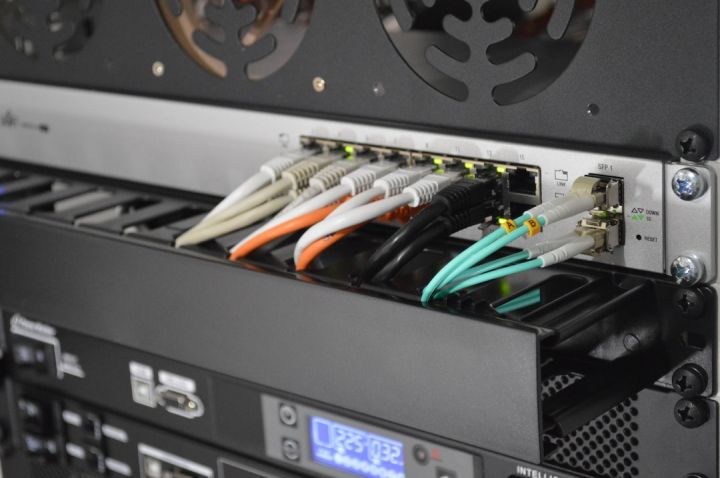How to Educate Employees about Security Best Practices?
In today’s digital age, the importance of cybersecurity cannot be overstated. With the increasing number of cyber threats, organizations must take proactive measures to safeguard their sensitive data and systems. While investing in robust security infrastructure is crucial, it is equally important to educate employees about security best practices. After all, employees are often the first line of defense against cyber attacks. In this article, we will discuss effective strategies for educating employees about security best practices.
Create a Culture of Security Awareness
To effectively educate employees about security best practices, organizations must foster a culture of security awareness. This starts with leadership setting the tone and emphasizing the importance of cybersecurity. By making security a top priority, employees are more likely to take it seriously and adhere to best practices.
Regular Training Sessions
One of the most effective ways to educate employees about security best practices is through regular training sessions. These sessions should cover a wide range of topics, including password management, phishing awareness, data protection, and safe browsing habits. Training sessions can be conducted in person or through online platforms, depending on the organization’s size and resources.
Engaging and Interactive Content
To ensure employees remain engaged during training sessions, it is important to present the information in an interactive and interesting manner. Use real-life examples and case studies to demonstrate the potential consequences of security breaches. Incorporate quizzes and interactive activities to reinforce key concepts and improve retention.
Simulated Phishing Attacks
Phishing attacks are one of the most common methods used by hackers to gain unauthorized access to systems and data. Conducting simulated phishing attacks can help employees recognize the signs of a phishing email and avoid falling into the trap. These simulated attacks should be followed by immediate feedback and guidance on how to identify and report suspicious emails.
Regular Communication
Consistent communication is crucial for reinforcing security best practices. Organizations should regularly send out reminders, tips, and updates about emerging threats and best practices. This can be done through email newsletters, internal communication platforms, or bulletin boards. By keeping security top of mind, employees are more likely to make it a priority in their day-to-day activities.
Encourage Reporting and Feedback
Employees should be encouraged to report any security incidents or suspicious activities promptly. Establish a clear process for reporting and provide channels for anonymous reporting if necessary. Feedback should be provided promptly to acknowledge and address reported incidents. Encouraging a culture of reporting will help identify potential security vulnerabilities and prevent future incidents.
Provide Resources and Tools
Educating employees about security best practices requires providing them with the necessary resources and tools. This can include access to password managers, secure file-sharing platforms, and antivirus software. Additionally, organizations should provide clear guidelines and policies regarding the use of personal devices, social media, and remote work.
Monitor and Evaluate
Lastly, organizations must continuously monitor and evaluate the effectiveness of their security education programs. This can be done through surveys, feedback sessions, and regular assessments. By identifying areas for improvement, organizations can refine their training programs and ensure that employees are well-equipped to handle security threats.
In conclusion, educating employees about security best practices is essential for maintaining a strong defense against cyber threats. By creating a culture of security awareness, conducting regular training sessions, and providing engaging content, organizations can empower their employees to become proactive in protecting sensitive data and systems. Remember, cybersecurity is a shared responsibility, and every employee has a role to play in keeping their organization safe.






